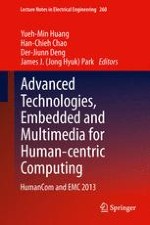2014 | OriginalPaper | Chapter
The Comparative Study for Cloud-Game-Based Learning from Primary and Secondary School Education Between Taiwan and America
Authors : Hsing-Wen Wang, Claudia Pong
Published in: Advanced Technologies, Embedded and Multimedia for Human-centric Computing
Publisher: Springer Netherlands
Activate our intelligent search to find suitable subject content or patents.
Select sections of text to find matching patents with Artificial Intelligence. powered by
Select sections of text to find additional relevant content using AI-assisted search. powered by
